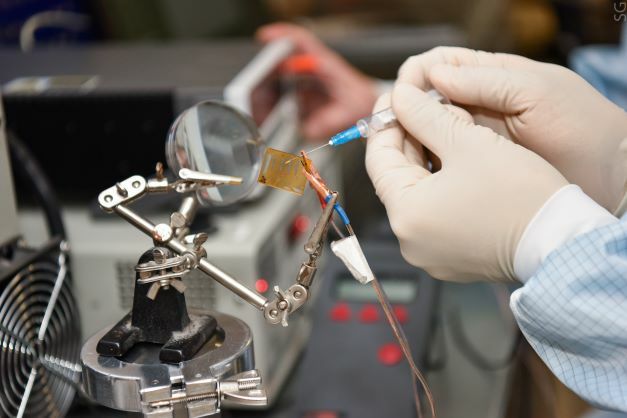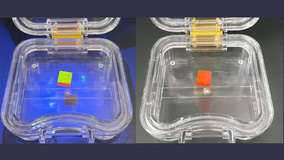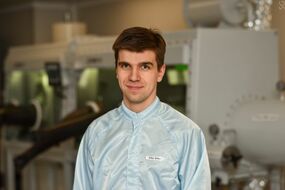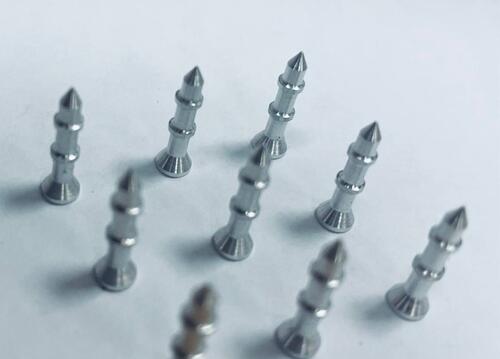Russian scientists have developed a unique material based on halide perovskites, allowing the creation of high-speed and highly sensitive detectors for ionizing radiation recording for use in the CERN particle detectors. The study has been published in the Journal of Materials Chemistry C.
Halide perovskites are a new class of semiconductor materials with a unique combination of optical and electronic properties, such as high photoluminescence and charge mobility, which makes them a promising basis for the highly sensitive detectors and ionizing radiation scintillators creation. Perovskites are known as excellent light absorbing and emitting material for various light-emitting devices, sensors and solar panels, where light affects the current.
Perovskites have attracted considerable attention from both academia and industry, including the world’s largest laboratory of high-energy physics — CERN.
Perovskite responses to ionizing radiation in the form of light (luminescence) or current (as a photodiode). This allows to create high-speed and high-sensitivity components for the high energy particles registration. However, the structures inside the collider are exposed to high doses of radiation, which can damage them. Accordingly, components of ionizing radiation detectors must be resistant to such effects and retain their properties for a long time.
Scientists from NUST MISIS together with their colleagues from Italy have investigated that the CH3NH3PbBr3 (MAPbBr3) perovskite monocrystal retains its optical properties and structural stability under harsh radiation doses, which let to apply perovskite crystals in high energy physics field.
“The shelf-life cycle of the high energy experiments is about five-seven years. Our goal was to make a material that performs all the tasks and withstands high doses of radiation and does not lose properties over the cycle of the experiment”, — explains the main author of the work Arthur Ishteev, a research fellow at NUST MISIS’ Laboratory for Advanced Solar Energy and a participant in the CERN collaboration.
In addition to




